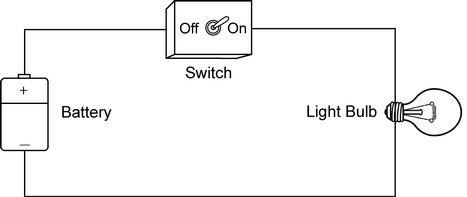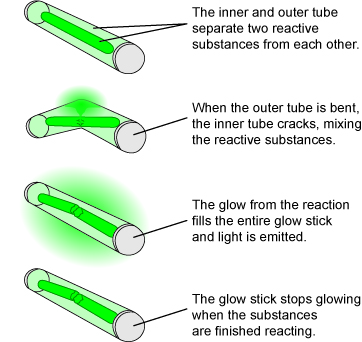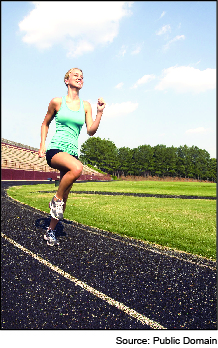1. A student adds a fifth paper clip, A, at 8 centimeters away from the magnet. Paper clip Z moves toward the magnet while paper clip A does not. Which statement best explains this difference in attraction?
A.
The magnetic field created by the magnet is weaker at 8 cm than at 7 cm.
6. A student holds an ice cube in his hand to demonstrate the transfer of thermal energy. In his hand, the ice cubes quickly begin to melt. The ice cubes are shown.
Which best describes the process of thermal energy the student is demonstrating?
B.
The student is demonstrating conduction, where heat is transferred from his hand to the ice cubes.
11. When volcanoes erupt, they emit large plumes of hot smoke and ash, which can spread and cover miles of sky. Which process lifts the hot, black clouds into the sky?
D. convection that causes warmer air to rise and cooler air to sink into its place
16. Gregory is making a turkey for Thanksgiving by roasting it in his oven. The turkey started at a room temperature of 25°C, and the oven was preheated to 175°C. If Gregory accidentally turns off the oven after he places the turkey inside of it, then what will happen to the turkey?
A.
Thermal energy will flow from the oven into the turkey and continue to flow until they reach equilibrium at 100°C or the turkey is removed.
21.
A magnet can hold a piece of paper to the door of a refrigerator. How does the magnet stick without touching the door?
C.
The magnetic force of the magnet can act at a distance.
2. Which paper clip has the least chance of moving toward the magnet?
D. Z
7. A student is investigating thermal energy by observing a hot air balloon in flight. The student observes that when the flame from the burner changes, the motion of the balloon changes. The hot air balloon is shown.
When the flame from the burner is high, warmer air molecules rise through the process of convection.
12.
Jennifer uses many forms of energy to get ready for school in the morning. Which table best matches each form of energy to Jennifer's actions?
C.
17. A student places two pots of soil outside in the sunshine. He covers one pot with wood. After 20 minutes, he measures the temperature of the soil in each pot. The soil that is covered with wood has a temperature of 28°C. The soil that is uncovered has a temperature of 38°C. How do the Sun's rays affect the molecular motion in the uncovered soil?
B.
It increases the molecular motion.
22. Grady created the following circuit using a battery, wires, and a light bulb.
What type of energy flows out of the battery?
D.
electrical energy
3.
If paper clips W and X were the only ones that moved toward the magnet, then the magnet does NOT work well at picking up paper clips more than
A.
4 centimeters away.
8. Another student made an electromagnet with an iron nail with eight coils of wire wound around it connected to a 2-V battery. She wants to increase the strength of the electromagnet. What two changes can she make to her design to increase its strength?
B. use a 4-V battery
C. wrap more coils of wire around the nail
13. Match the object below with the type of energy it can produce.
heat --> microwave
solar --> sun
kinetic --> baseball
sound --> musical instrument
18. A glow stick is a plastic tube that contains two separate liquids. When the liquids are mixed, they glow. The diagrams show the process that causes a glow stick to emit light.
Based on the diagrams, what energy transformations occur when using a glow stick?
C.
Mechanical energy cracks the inner tube, which starts a reaction that transforms chemical energy into light energy.
23. Part A:
In which order do the energy transformations take place in the microwave?
B.
electrical energy → electromagnetic energy → thermal energy
4. What can a car manufacturer do to make an electric motor stronger?
A.
A car manufacturer can add coils to the electromagnet and increase the size of the magnets causing the rotational motion.
9. Which question can be answered based on the results of Experiment 2?
A.
How does the strength of an electromagnet vary when the voltage of the power source changes
14. How is energy transferred by radiation?
D.
through electromagnetic waves
19.
If two charges attract to each other, then which of the following is true?
C.
Both charges must be different.
23. Part B:
Which observation provides evidence to support the choice in Part A?
Part B:
The Butter Melts
5. A student wants to increase the magnetic force between two bar magnets. What should the student do?
B.
move the magnets closer together
10. Malik built a simple electromagnet with copper wire, an iron bolt, and a 1.5-volt battery. The electromagnet was able to lift a paper clip from 3 centimeters away. Select three ways Malik can improve the strength of his electromagnet.
A. He can use a thicker piece of copper wire.
E. He can replace the 1.5-volt battery with a battery of higher voltage.
F. He can use a longer piece of wire that wraps more times around the bolt.
F.
15. The picture shows a woman running.
What is the main type of energy conversion taking place?
C.
Chemical energy is converted to mechanical energy as the energy from digested food provides energy for movement.
20.
Mary Agnes has taken a metal rod and wrapped a wire around it and attached it to a battery. Select two forces that Mary Agnes's device can produce.
A. Electric Force
C. Magnetic Force


